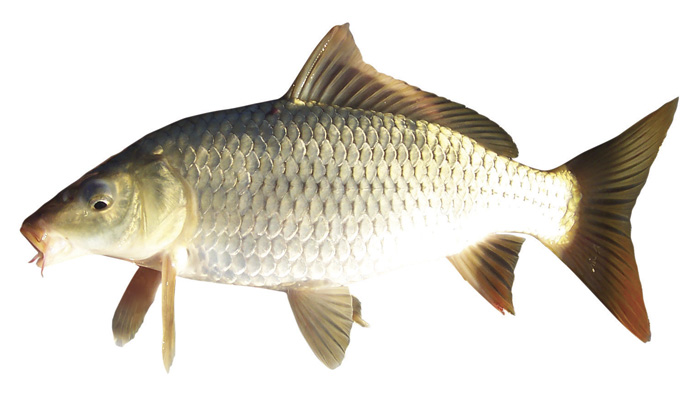Original story by Jake Sturmer, ABC News
Researchers in New South Wales have begun a trial to search for the “Achilles heel” of carp.
The introduced species is considered to be one of the world’s most invasive and scientists say they are Australia’s worst aquatic pest.
The project will tag and track carp in the upper Murrumbidgee River, which have played a part in the significant decline of native fish.
Scientists estimate 90 per cent of all native fish have been lost in the river since European settlement.
University of Canberra Associate Professor Mark Lintermans says the fish have had a significant impact on the waterways.
“[They compete] for food, they carry parasites that then spread on to native fish,” he said.
“There’s even a suggestion that they might be hoovering up eggs of native fish as they feed along the bottom.”
The research is being done with the New South Wales Department of Primary Industries and Bush Heritage Australia in its Scottsdale Reserve.
“This project is initially about gathering information – there’s a gap of knowledge of the carp in the upper reaches of the Murrumbidgee,” reserve manager Peter Saunders said.
“So we’re looking to understand what they’re doing, where they’re aggregating, what their populations are and how they’re breeding and where they’re breeding.
“Then [we plan to] expand that project into actually starting to remove them to benefit the native fish which we know are in here in small numbers.”
Local angler and member of the Capital Region Fishing Alliance, Steve Samuels, says a lot has changed since he began fishing in the river in the 1970s.
“There was Murray Cod, Golden Perch, Silver Perch – it was a wonderful place to fish,” he said.
“But today as you see it, the water’s a lot dirtier and carp now dominate as the most prolific fish in the system.”
Contact Investigations@abc.net.au

Sorry, the comment form is closed at this time.